This post may contain affiliate links. For more information, please see our affiliate policy.
Learn How to Clean Shrimp just like caterers and culinary professionals everywhere. This quick and easy tutorial for cleaning and deveining shrimp always results in gorgeous, luscious shrimp for all your best recipes.
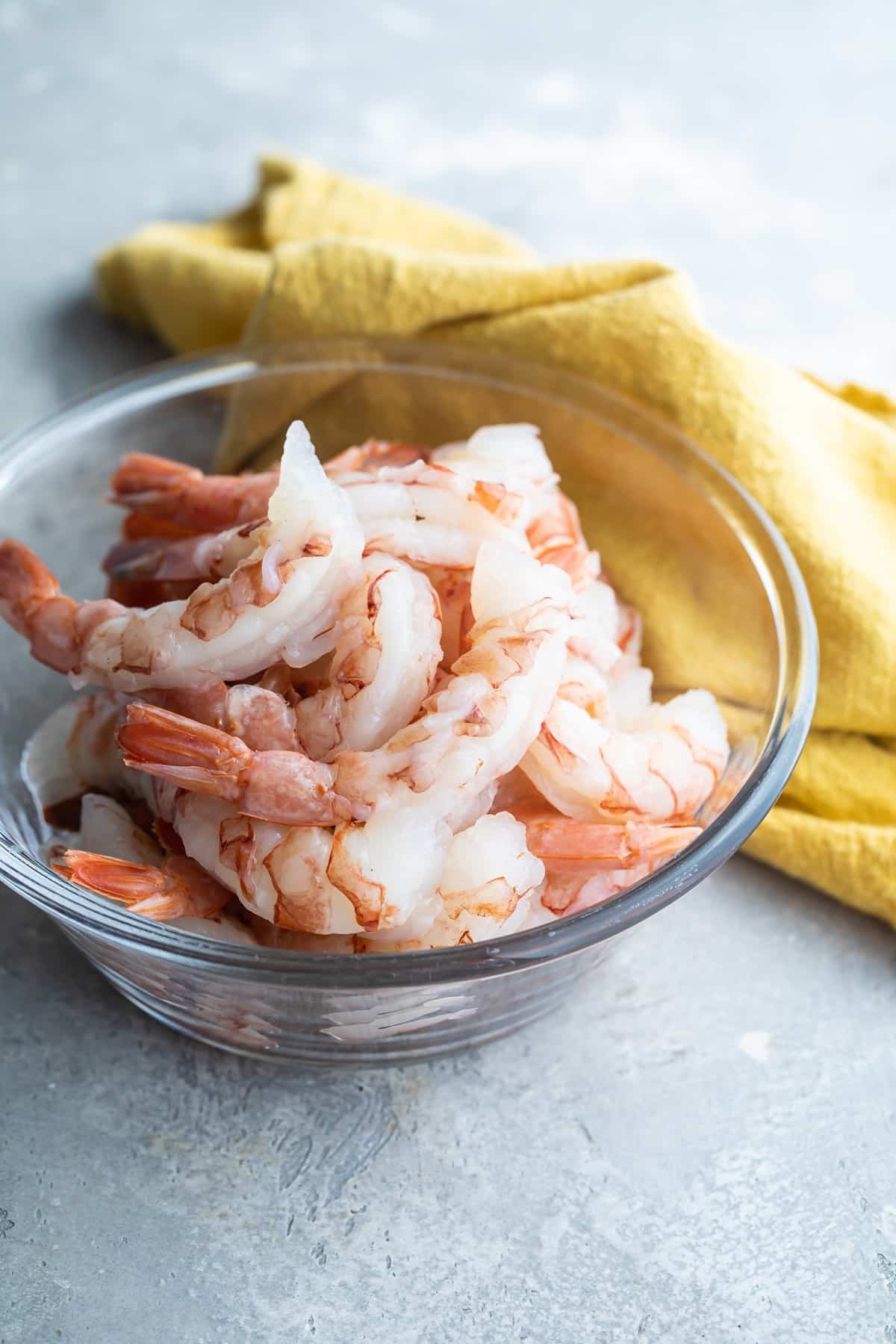
Technically, it is not necessary to clean shrimp. The little black line on the bottom of the shrimp, also called a “vein,” is just the shrimp’s digestive tract. Depending on what the shrimp ate before it was caught, it could be darker than the rest of the meat due to sand, algae, or other grit.
While some people consider it unsightly or are turned off by “shrimp poop”, it really isn’t harmful to eat. However, shrimp just look better without it.
On the other hand, peeling shrimp before eating them makes for a better experience texture-wise. But even that isn’t absolutely necessary. I know lots of folks who love their spiced, in-the-peel boiled shrimp sold in seafood markets on the East Coast. I ate shrimp in the shell in culinary school myself, and the biggest issue I had was that my jaw got tired.
If you are able to clean and shell prawns and shrimp at home, you’ll have more sizes to choose from and better quality shrimp for the price. In my book, that’s one of the best reasons to do it yourself.
Table of Contents
Tutorial notes
- How to thaw shrimp in the refrigerator: Let the shrimp thaw overnight in the fridge, placing the bag on a tray or in a bowl in case the bag has a tiny hole.
- How to thaw shrimp in the sink: For quicker thawing, open the bag and put them in a bowl of cold (not warm) water. Then turn on the faucet and let a thin trickle of cold water run into the bowl, letting the excess water overflow out of the bowl and down the sink drain. Depending on the amount you are thawing, the shrimp should thaw in a few minutes.
- Cleaning shrimp: This method works with any size of shrimp, raw or cooked, peel-on or peel-off. All you need is a pair of kitchen shears or a sharp paring knife. Work with one shrimp at a time.
- Clean before cooking: Pasta dishes, stir-fries, and Shrimp Fajitas.
- Clean after cooking: Shrimp salad, Seafood Pasta Salad. You can poach the shrimp in their shells for more flavor, and peel and clean after chilling the shrimp (since you serve it cold).
- Leave the tail on: It looks nice for Shrimp Scampi and Shrimp Skewers, or any time you are using the tail as a handle such as Coconut Shrimp or shrimp cocktail.
- Unpeeled / eat the shells: It is possible to clean and devein unpeeled shrimp. Some people enjoy eating shrimp with the shells still on. I tried it in culinary school and lived to tell the tale (my biggest complaint is that my jaw got tired from chomping).
Step-by-step instructions
- If shrimp are still in the shell, use sharp scissors and cut along the middle back of each shrimp, leaving the tail intact.
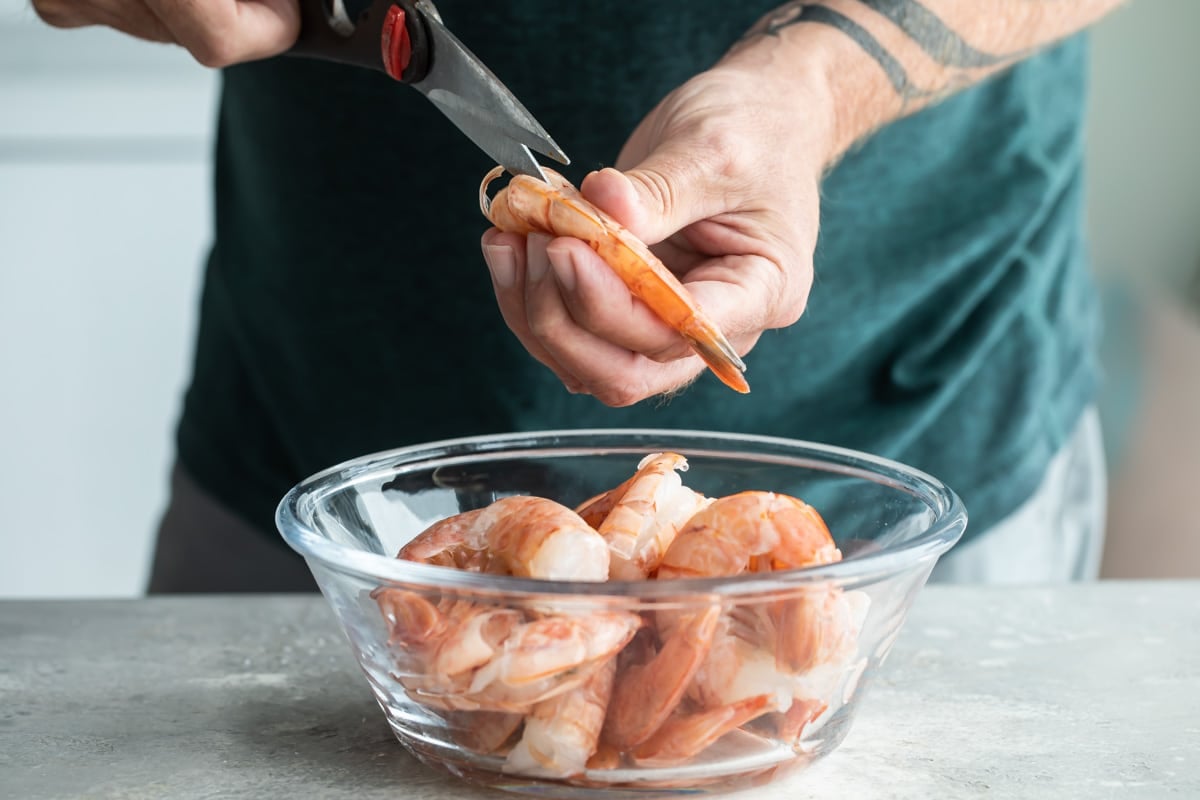
- Using a sharp paring knife, cut a slit along the dark vein on the back of the shrimp (the intestinal tract) and discard it.
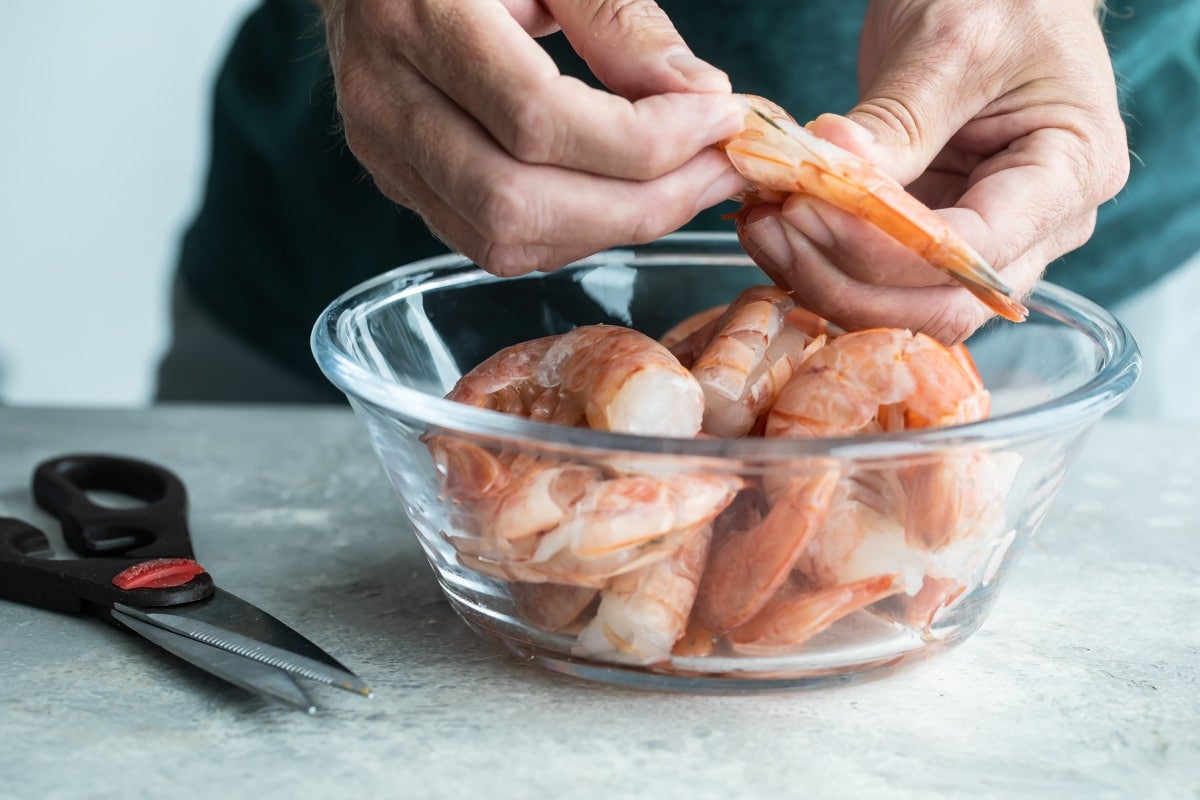
- Rinse out the back of each shrimp and pat dry with paper towels.
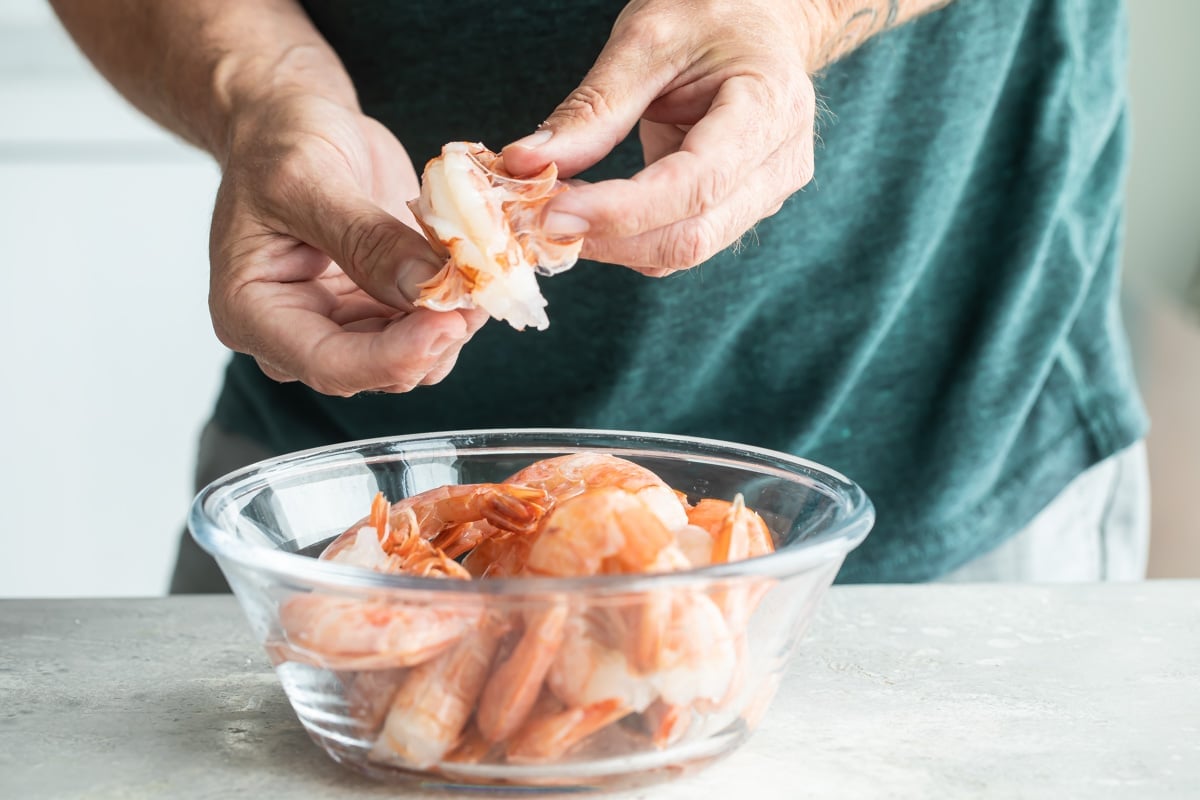
- Save shrimp shells in the freezer to make shrimp stock, if desired (see note 3 in the recipe card for more information).
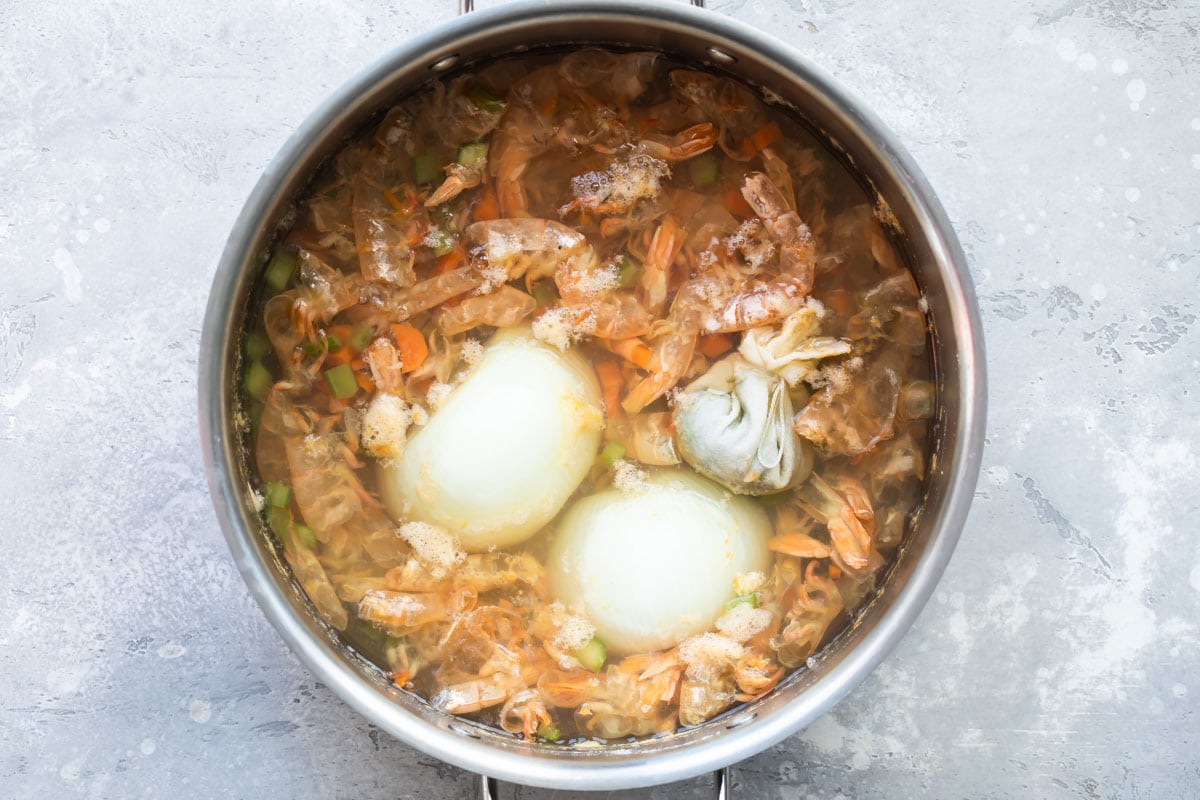
Tutorial tips and variations
- Shrimp sizes: On the boat and at the factory, shrimp are sorted by size and given a number. This number lets you know how many shrimp come in a pound. For example, the numbers 16/20 tells you that there are anywhere from 16 to 20 shrimp per pound. Other times, you may see the letter U before a number, like U10. That means that there are approximately 10 shrimp (or under) per pound.
- The higher the number, the smaller the shrimp. The lower the number, the larger (and pricier) the shrimp. Don’t be afraid to go small. Tiny shrimp are delicious choices for shrimp salad, stir-fry, or a big batch of fried rice. Save the biggest shrimp for making big impressions (think super fancy shrimp cocktail or shrimp skewers).
- Extra colossal shrimp: U10 shrimp = under 10 shrimp per pound
- Colossal shrimp: U15 shrimp = under 15 shrimp per pound
- Extra jumbo shrimp: 16/20 shrimp = 16 to 20 shrimp per pound
- Extra large shrimp: 26/30 shrimp = 26 to 30 shrimp per pound
- Fresh vs. frozen shrimp: Unless you live right on the coast, the best choice is frozen shrimp. I always buy frozen shrimp, because almost all shrimp that comes to us has been previously frozen, usually as soon as it’s caught on the boat. When you thaw shrimp at home, you’re getting the absolute freshest shrimp possible. When you buy “fresh” shrimp at the grocery store, someone else has thawed it, but you don’t know when. Might as well just buy frozen.
- How to buy shrimp: Use your senses when shopping for shrimp. Good quality, freshest-of-the-fresh shrimp should smell briny and even sweet, like the ocean. Go somewhere else if the shrimp smell like ammonia, are slimy, and have black spots on the shells, which is a sign of age.
- How to store shrimp: Store fresh or thawed shrimp in the bottom drawer of your refrigerator (so any leaks do not contaminate other items in the fridge). Use fresh or thawed shrimp with 1 to 2 days.
- Wild vs. farmed shrimp: That depends on your and your grocery budget. Wild-caught shrimp have a stronger flavor, but can cost a lot more. Farm-raised shrimp from a sustainable, responsible grower is a good option if you can find it. If you’re in doubt, read the packaging carefully: shrimp farmers are proud of their sustainability efforts and will advertise it on the label. Learn all the latest news at SeafoodWatch.org.
- Shrimp stock: Save those shells in your freezer and make a delicious batch of Homemade Shrimp Stock. You’ll need 4 cups of shrimp shells from 2 pounds of shrimp for this recipe. But you can gather it in batches: save uncooked shrimp shells in a plastic bag in your freezer until you have enough. Technically, you can make stock with cooked shells, but the flavor will be weaker. Using shrimp stock for future seafood sauce will ensure a robust flavor of the ocean.
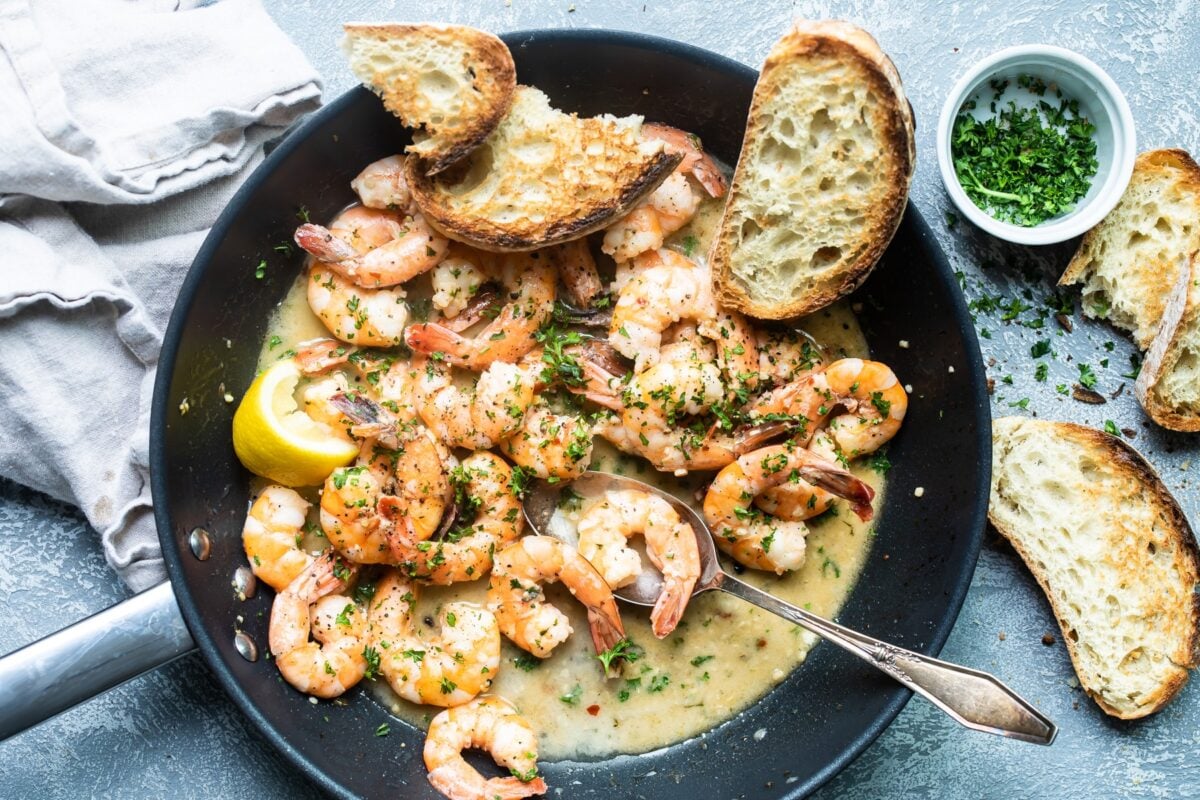
Frequently Asked Questions
Technically, no. The little black line on the bottom of the shrimp, also called a “vein,” is just a digestive tract. Depending on what the shrimp ate before it was caught, it could be darker than the rest of the meat and might contain sand or algae. It could have some sand in it, or algae. While some people consider it unsightly or are turned off by “shrimp poop”, it really isn’t harmful to eat. It just looks better without it.
Peeling shrimp before eating them makes for a better eating experience texture-wise, but it isn’t absolutely necessary depending on the dish. I know lots of folks who love their spiced, in-the-peel boiled shrimp sold in seafood markets on the East Coast.
Favorite shrimp recipes
Appetizer Recipes
Shrimp Ceviche
Appetizer Recipes
Bacon Wrapped Shrimp
Mexican Recipes
Shrimp Fajitas
Salad Recipes
Shrimp Salad
Join Us
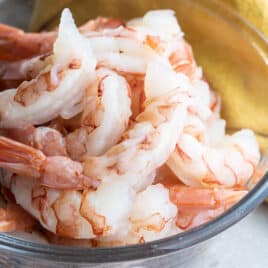
How to Clean Shrimp
Ingredients
- 1 pound shrimp thawed (see note 1)
Instructions
- If shrimp are still in the shell, use sharp scissors and cut along the middle back of each shrimp, leaving the tail intact.
- Using a sharp paring knife, cut along the dark vein on the back of each shrimp and remove it. Rinse out the back of each shrimp and pat dry with paper towels.
- Save shrimp shells in the freezer to make shrimp stock, if desired (see note 3).
Notes
- How to thaw shrimp in the refrigerator: Let the shrimp thaw overnight in the fridge, placing the bag on a tray or in a bowl in case the bag has a tiny hole.
- How to thaw shrimp in the sink: For quicker thawing, open the bag and put them in a bowl of cold (not warm) water. Then turn on the faucet and let a thin trickle of cold water run into the bowl, letting the excess water overflow out of the bowl and down the sink drain. Depending on the amount you are thawing, the shrimp should thaw in a few minutes.
- Shrimp stock: Save those shells in your freezer and make a delicious batch of Homemade Shrimp Stock. You’ll need 4 cups of shrimp shells from 2 pounds of shrimp for this recipe. But you can gather it in batches: save uncooked shrimp shells in a plastic bag in your freezer until you have enough. Technically, you can make stock with cooked shells, but the flavor will be weaker.
Nutrition
Meggan Hill is a classically-trained chef and professional writer. Her meticulously-tested recipes and detailed tutorials bring confidence and success to home cooks everywhere. Meggan has been featured on NPR, HuffPost, FoxNews, LA Times, and more.
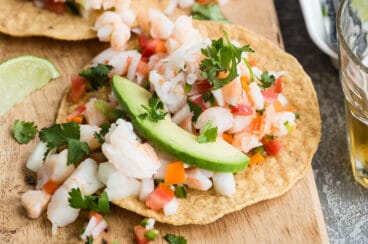
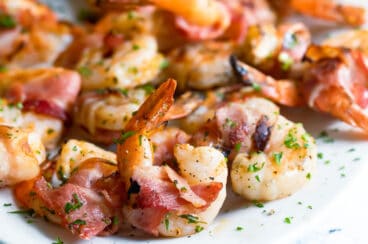
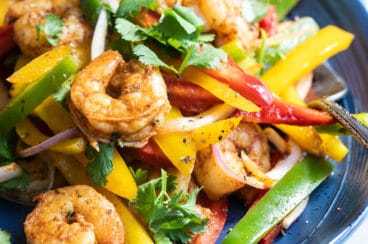
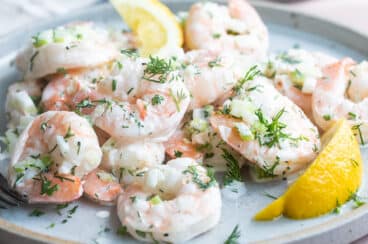
Thank you so much for these tips! I always struggle with cleaning shrimp, and end up buying them frozen instead of fresh. Thank you.
You’re so welcome, Carole! Please let me know if you have any questions! I’m happy to help! – Meggan
Simple & informative. I enjoyed the extras in the article.
Meghan . . . you are the best! Thank you for sharing your skills and recipes and thoughful description/instructions. I look forward to your email everyday. I know I will learn some “nugget” of food and fun. Again, THANKS!
Hi Kathy, thank you soo much for the nice comment! 🙂 – Meggan
Thank you so much for this information. So helpful!